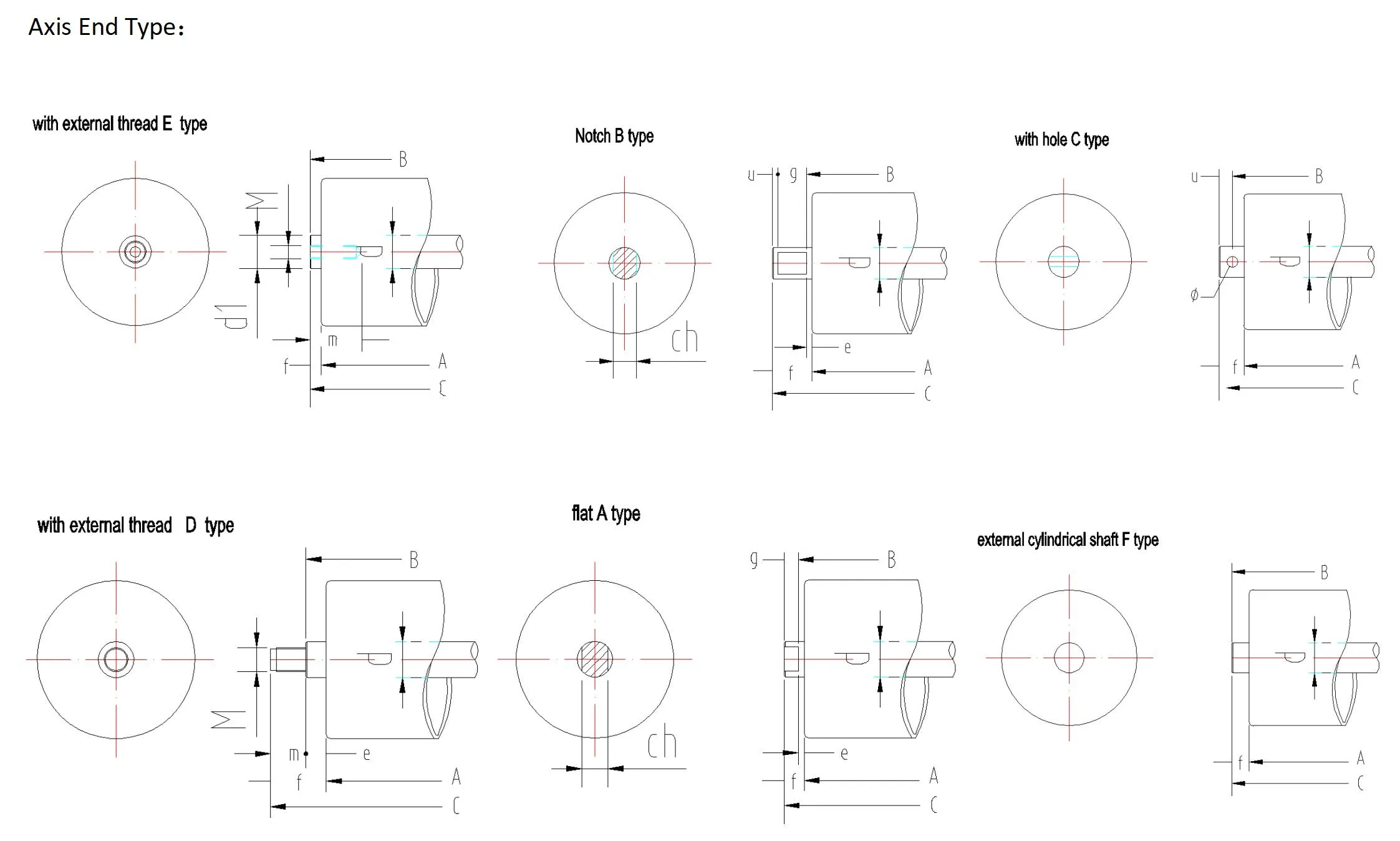 Afrikaans
Afrikaans  Albanian
Albanian  Amharic
Amharic  Arabic
Arabic  Armenian
Armenian  Azerbaijani
Azerbaijani  Basque
Basque  Belarusian
Belarusian  Bengali
Bengali  Bosnian
Bosnian  Bulgarian
Bulgarian  Catalan
Catalan  Cebuano
Cebuano  Corsican
Corsican  Croatian
Croatian  Czech
Czech  Danish
Danish  Dutch
Dutch  English
English  Esperanto
Esperanto  Estonian
Estonian  Finnish
Finnish  French
French  Frisian
Frisian  Galician
Galician  Georgian
Georgian  German
German  Greek
Greek  Gujarati
Gujarati  Haitian Creole
Haitian Creole  hausa
hausa  hawaiian
hawaiian  Hebrew
Hebrew  Hindi
Hindi  Miao
Miao  Hungarian
Hungarian  Icelandic
Icelandic  igbo
igbo  Indonesian
Indonesian  irish
irish  Italian
Italian  Japanese
Japanese  Javanese
Javanese  Kannada
Kannada  kazakh
kazakh  Khmer
Khmer  Rwandese
Rwandese  Korean
Korean  Kurdish
Kurdish  Kyrgyz
Kyrgyz  Lao
Lao  Latin
Latin  Latvian
Latvian  Lithuanian
Lithuanian  Luxembourgish
Luxembourgish  Macedonian
Macedonian  Malgashi
Malgashi  Malay
Malay  Malayalam
Malayalam  Maltese
Maltese  Maori
Maori  Marathi
Marathi  Mongolian
Mongolian  Myanmar
Myanmar  Nepali
Nepali  Norwegian
Norwegian  Norwegian
Norwegian  Occitan
Occitan  Pashto
Pashto  Persian
Persian  Polish
Polish  Portuguese
Portuguese  Punjabi
Punjabi  Romanian
Romanian  Russian
Russian  Samoan
Samoan  Scottish Gaelic
Scottish Gaelic  Serbian
Serbian  Sesotho
Sesotho  Shona
Shona  Sindhi
Sindhi  Sinhala
Sinhala  Slovak
Slovak  Slovenian
Slovenian  Somali
Somali  Spanish
Spanish  Sundanese
Sundanese  Swahili
Swahili  Swedish
Swedish  Tagalog
Tagalog  Tajik
Tajik  Tamil
Tamil  Tatar
Tatar  Telugu
Telugu  Thai
Thai  Turkish
Turkish  Turkmen
Turkmen  Ukrainian
Ukrainian  Urdu
Urdu  Uighur
Uighur  Uzbek
Uzbek  Vietnamese
Vietnamese  Welsh
Welsh  Bantu
Bantu  Yiddish
Yiddish  Yoruba
Yoruba  Zulu
Zulu conveyor belt pulley lagging
Understanding Conveyor Belt Pulley Lagging
Conveyor systems are vital components in a wide array of industries, facilitating the movement of materials and products efficiently. Among the various elements that ensure the optimal functioning of these systems, conveyor belt pulleys play a crucial role. A critical aspect of these pulleys is the lagging, which significantly improves their performance and longevity.
Conveyor belt pulley lagging refers to the application of a material layer onto the surface of a pulley, primarily designed to enhance grip and reduce slippage. This lagging is usually made from rubber, ceramic, or other composite materials, each offering unique advantages depending on the application. The primary function of lagging is to create a stronger frictional grip between the pulley and the conveyor belt. This enhanced grip enables the pulley to effectively drive the belt, ensuring smoother operations and reducing the risk of belt misalignment.
Benefits of Conveyor Pulley Lagging
1. Increased Traction One of the primary benefits of pulley lagging is the increased traction it provides. As the pulley rotates, the lagging material makes direct contact with the conveyor belt, improving the frictional force. This minimizes slippage, particularly under heavy loads or in wet or dirty conditions.
2. Extended Equipment Life Pulley lagging can significantly prolong the lifespan of both the pulley and the conveyor belt. By providing a buffer against wear and tear, lagging helps protect the underlying materials from damage. This cushioning effect also prevents metal-to-metal contact, reducing the risk of corrosion and other issues caused by friction.
3. Better Material Handling In many industrial applications, material handling can be challenging due to various environmental factors. Lagging helps maintain consistent tension on the belt, optimizing load distribution and ensuring that materials are transferred smoothly without disruption. This consistency is especially important in processes requiring precision, such as packaging or assembly lines.
4. Reduced Maintenance Costs Although the initial installation of lagging may represent an additional expense, the long-term savings are substantial. With reduced wear on both the pulleys and belts, maintenance intervals can be extended, and fewer parts need replacement. This results in lower operational costs and less downtime, which is vital in high-demand environments.
conveyor belt pulley lagging

Types of Lagging
There are several types of conveyor pulley lagging, each suited for different applications
- Rubber Lagging Commonly used for most applications, rubber lagging offers excellent grip and durability. It is suitable for environments where moisture is present, as it maintains traction even in wet conditions.
- Ceramic Lagging For applications involving severe wear or high-impact materials, ceramic-coated lagging is ideal. The ceramic tiles provide exceptional hardness and resistance to abrasion, making them perfect for mining and heavy-duty material handling.
- Plastic Lagging This type is popular for lighter applications where corrosion resistance is critical. Plastic lagging is particularly useful in environments that involve the handling of corrosive materials.
Conclusion
In conclusion, conveyor belt pulley lagging is not just an accessory; it is an essential element that enhances the efficiency and reliability of conveyor systems. By improving traction, extending the lifespan of components, and reducing maintenance costs, lagging plays a pivotal role in optimizing the performance of conveyor systems across various industries. As technology advances, the development of new lagging materials and techniques continues to evolve, promising even greater efficiencies and capabilities in the future. Ultimately, investing in proper lagging solutions is a proactive step toward ensuring the smooth and efficient operation of conveyor systems.
-
Revolutionizing Conveyor Reliability with Advanced Rubber Lagging PulleysNewsJul.22,2025
-
Powering Precision and Durability with Expert Manufacturers of Conveyor ComponentsNewsJul.22,2025
-
Optimizing Conveyor Systems with Advanced Conveyor AccessoriesNewsJul.22,2025
-
Maximize Conveyor Efficiency with Quality Conveyor Idler PulleysNewsJul.22,2025
-
Future-Proof Your Conveyor System with High-Performance Polyurethane RollerNewsJul.22,2025
-
Driving Efficiency Forward with Quality Idlers and RollersNewsJul.22,2025





























